Virgin thinks it can make its way to orbit — but can it compete with SpaceX?
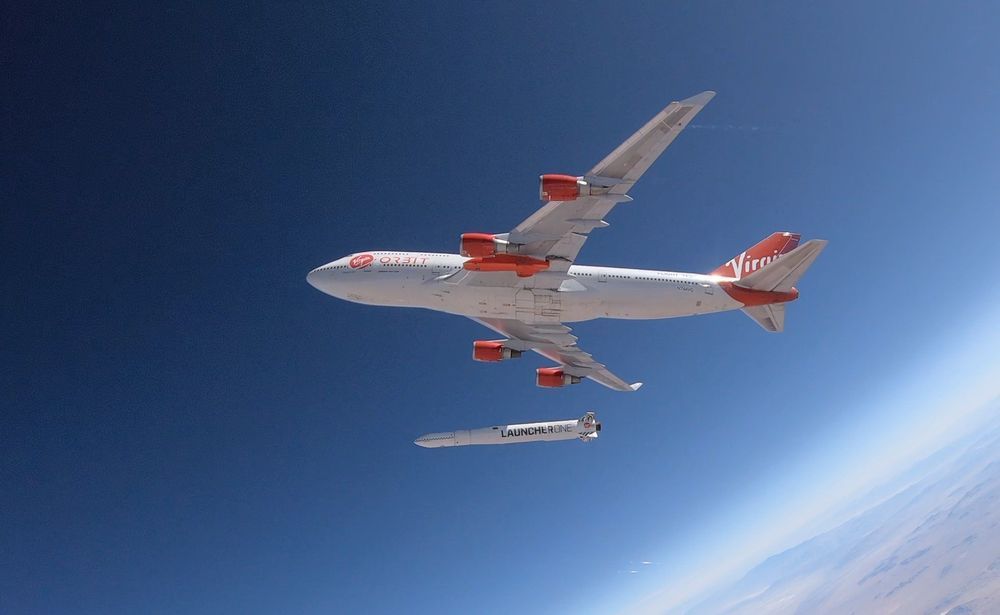

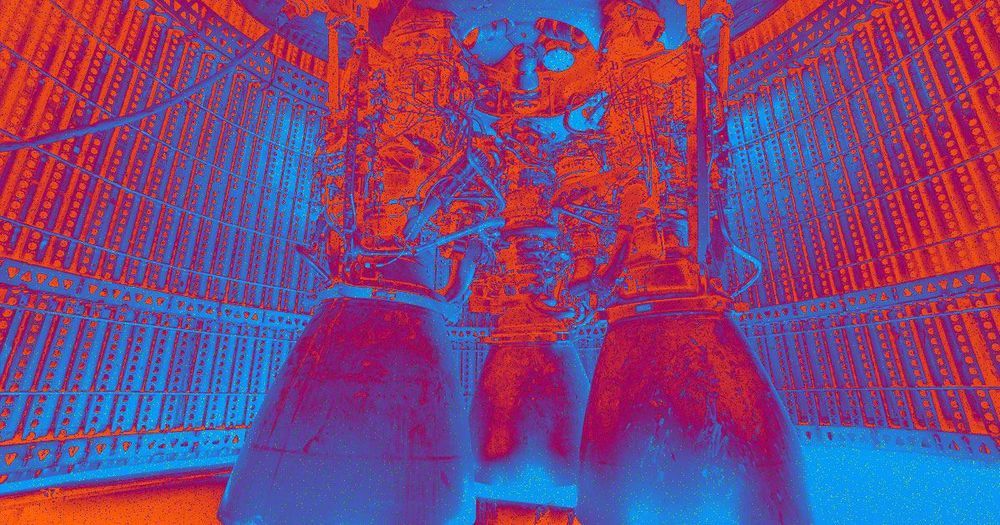
Musk revealed the stainless steel monstrosity during a presentation at SpaceX’s Boca Chica, Texas testing site on Saturday. The hope is that it’ll one day allow up to 100 passengers to travel to the Moon, Mars, and beyond.
The record-breaking rocket will eventually be 160 feet tall and twice as powerful, according to Musk, as NASA’s retired Saturn V rocket that took American astronauts to the Moon during the Apollo missions.
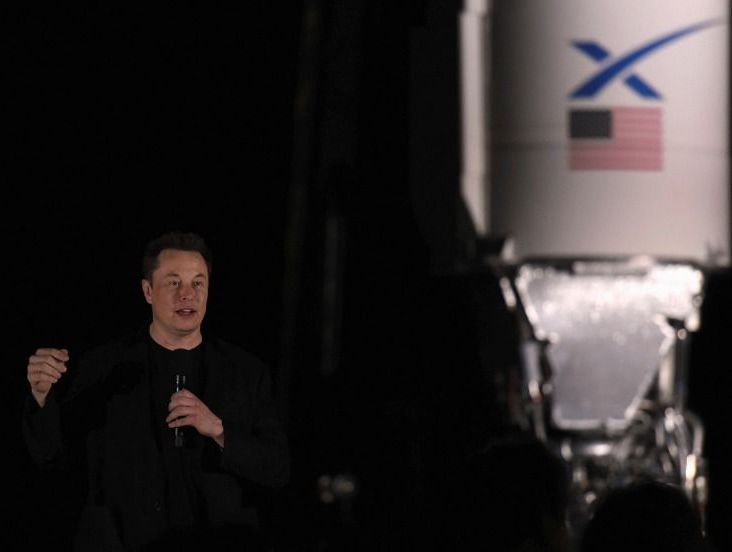
Billionaire entrepreneur Elon Musk has unveiled the latest iteration of his space company’s newly assembled Starship, outlining a speedy development timeline for the centerpiece vehicle of SpaceX’s quest to launch humans to the moon and Mars.
Musk showed a crowd of space enthusiasts and reporters at SpaceX’s rocket development site late on Saturday in the remote village of Boca Chica, Texas, animations of Starship landing on the moon and Mars and predicted that the rocket’s first orbital flight could come in the next six months, followed by missions to space with humans aboard the next year.
“This is basically the holy grail of space,” Musk said, standing between a towering, newly assembled Starship rocket and Falcon 1 — the company’s first vehicle whose debut orbital mission was celebrated by SpaceX 11 years ago.
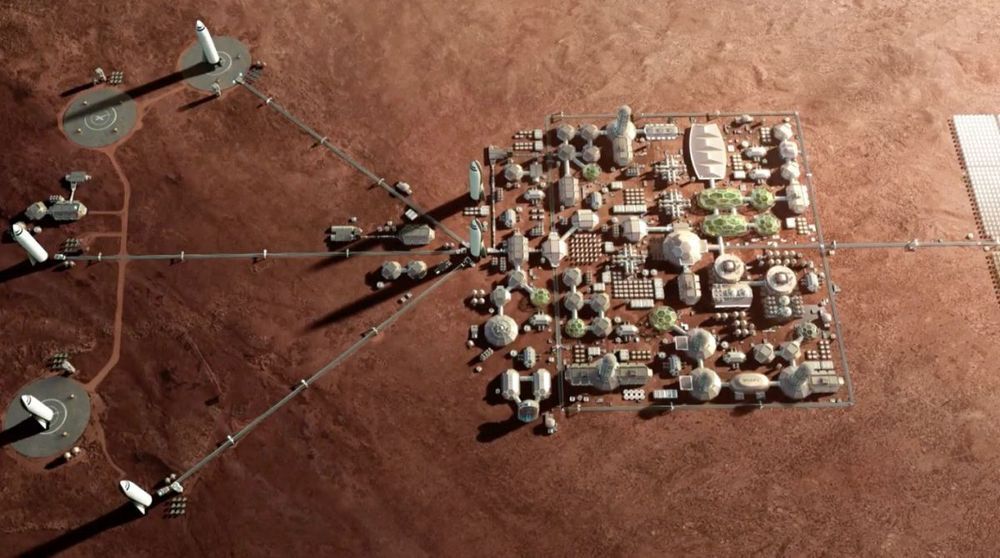
What might it take to feed a million people on Mars? Lab-grown meat, tunnel-grown crops and cricket farms, a new study finds.
When it comes to plans for crewed missions to Mars, NASA typically assumes round trips with only brief stopovers on the Red Planet. However, commercial space companies have emerged with the goal of colonizing outer space, with SpaceX specifically aiming to develop a civilization on Mars.
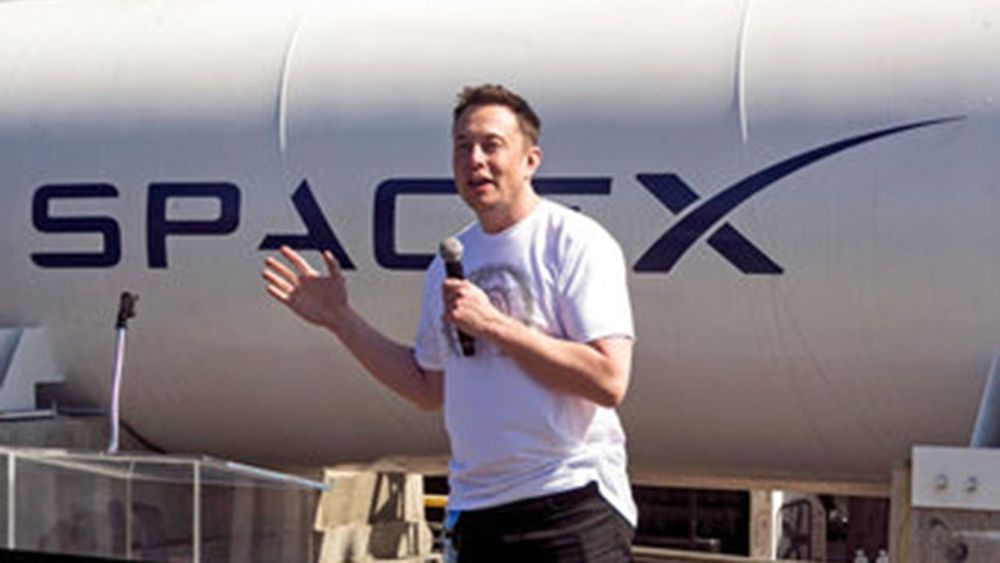
Billionaire company founder Elon Musk tweeted a pair of photos this week apparently showing progress on one of the Starship prototypes SpaceX is currently developing.
SpaceX has said it plans to use the rockets to shuttle passengers and cargo across the planet or beyond it.
“Droid Junkyard, Tatooine,” Musk wrote in the first tweet, making a joking “Star Wars” reference.
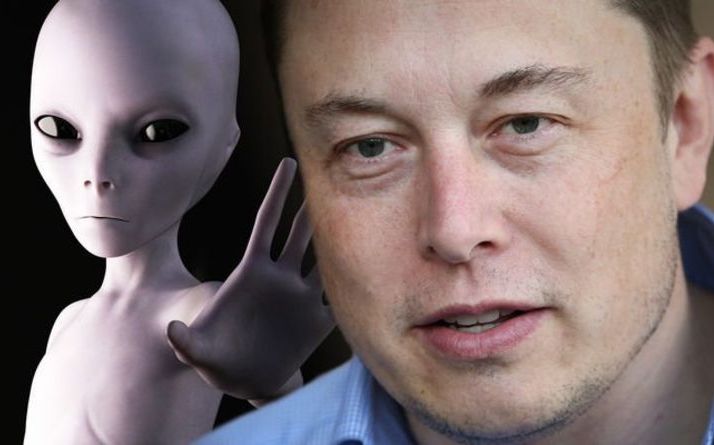
The Martian frontier is yours in Occupy Mars — the upcoming (as of today: Coming soon) highly technical open world simulation game about Mars colonization from Polish indie game developer Pyramid Games. In the game you will be able to “build and upgrade your base, discover new amazing regions, conduct mining operations, retrieve water and generate oxygen, grow crops, fix broken parts, learn how to survive on Mars!”
Here is the newest cinematic trailer of the game and beautiful HD images from it. Note the SpaceX’s Starman style spacesuit and ITS v2016 Starship.
IBM HR Director Diane Gherson says that over the next three years, 120 million workers will need retraining as artificial intelligence continues to take jobs.
Artificial intelligence is obviously ready to get started. Over the next three years, about 120 million workers from the 12 largest economies in the world may need to undergo retraining due to advances in artificial intelligence and intelligent automation, according to a study published on Friday by the IBM Institute of Business Value. However, less than half of the CEOs surveyed by IBM said they had the resources needed to bridge the skills gap caused by these new technologies.
Concerns about how AI successes will affect work are not new. Tesla and SpaceX CEO Elon Musk said last month that AI could make many jobs “pointless”. In one report earlier this year, it was discovered that robots could replace people with a quarter of US jobs by 2030.


This year marks the 50th anniversary of one of the most pivotal moments in human history. Stepping onto the moon, Neil Armstrong in 1969 uttered those now infamous words: “That’s one small step for man, one giant leap for mankind.”
The next fifty years did not see space travel become routine, with many coming to believe that NASA is just too slow. But space-related research and innovation are enjoying a new revival, inspired by SpaceX, Blue Origin, Virgin Galactic, and other private firms that are making commercial space travel a reality. Along with rockets, hundreds of companies across the world are working feverishly toward developing infrastructure for space tourism, novel methods of growing food off-Earth, and sustainable building materials, to name only a few. All this with a tantalizing goal: to open up other planets and extraterrestrial bodies for exploration — and perhaps even residence — by everyone, not just astronauts.
Such work has not only moved us closer to our goal of one day living and playing off-Earth, but has also benefited our lives right here, right now. Scratch-proof glass, some biopharmaceuticals, and GPS navigation all derive from space-based research. The innovation happening today is incredibly exciting, and the future possibilities are seemingly endless. Here are five companies working on technologies that can help us thrive both on- and off-Earth.